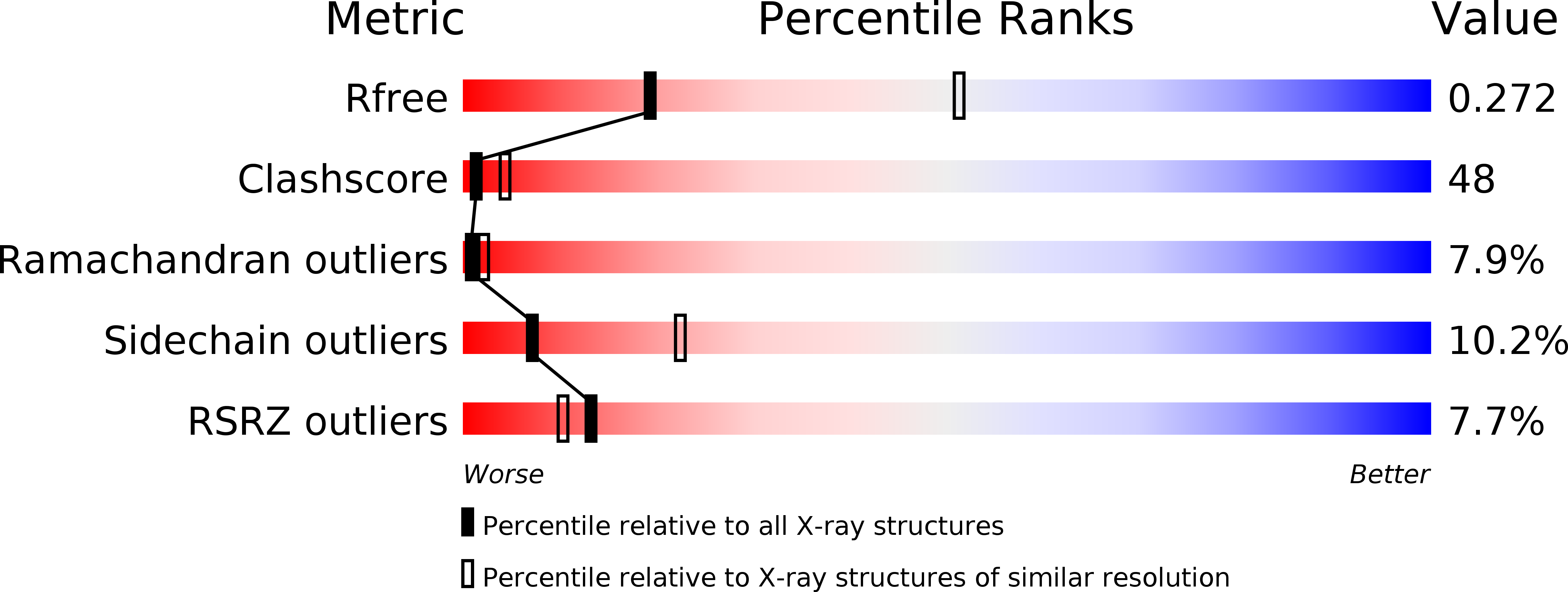
Deposition Date
2003-03-21
Release Date
2004-03-23
Last Version Date
2024-04-03
Entry Detail
PDB ID:
1OT7
Keywords:
Title:
Structural Basis for 3-deoxy-CDCA Binding and Activation of FXR
Biological Source:
Source Organism:
Rattus norvegicus (Taxon ID: 10116)
Host Organism:
Method Details:
Experimental Method:
Resolution:
2.90 Å
R-Value Free:
0.27
R-Value Work:
0.23
R-Value Observed:
0.23
Space Group:
P 21 21 2


